2025.03.13

To provide employees with a workplace that boosts their creativity and motivation,
Providing a workplace where employees can increase their creativity and motivation
Mitsubishi Kakoki has made an exciting restructuring plan for its head office and Kawasaki Works!

Mitsubishi Kakoki’s new head office and Kawasaki Works buildings (Illustrative image)
Mitsubishi Kakoki has announced a restructuring plan for its head office and Kawasaki Works. It aims to have construction completed by 2027 to provide employees with an exciting workplace conducive to open innovation.
In August 2024, Mitsubishi Kakoki announced its plan to restructure its head office and Kawasaki Works. The company regards the investment to be made as a strategic business investment that will reform its business portfolio for the establishment of four strategic business fields and promote its new manufacturing strategy. The new facilities to be constructed under the plan are slated for completion by 2027. Tomonari Miyamoto, Executive Officer and Division Director of the Planning and Administrative Div., describes the initiative as follows:
“Our head office and Kawasaki Works are located on a site that extends over roughly 50,000 square meters in the Kawasaki coastal area. As for the equipment to be installed at the new manufacturing facility, we are planning a layout with a relatively high degree of latitude in light of the fact that we will be manufacturing diverse products in small lots. For the new office & research building, we will devise measures to provide a space for open innovation with external parties, thereby promoting industry-academia-government co-creation.”
Mitsubishi Kakoki will celebrate the centennial of its establishment in 2035. Since its founding in 1935, the present head office and Kawasaki Works have served as the company’s major manufacturing base. Among the products manufactured at the base, Selfjector (SJ) fuel and lubricant oil purifiers deserve special mention as a product indispensable for diesel engines used in ships, including passenger ships, cargo ships and tankers. These purifiers have also been adopted by other industries including the food, chemical and medical industries. The company received its first order for SJ in 1940, soon after its founding, and has taken the top spot in the global market for oil purifiers for ships ever since.
In 2012, Mitsubishi Kakoki rebuilt one of the three plants on the premises to create a facility dedicated to the production of Mitsubishi Selfjector oil purifiers. However, the remaining two plants as well as the office and research buildings were left untouched and have now become aged, making a fundamental refurbishment plan necessary. Moreover, the company needs to develop new technologies and products that will contribute to a carbon-neutral society in order to realize the Mitsubishi Kakoki Group’s Management Vision for 2050, for which new development and manufacturing facilities should be built. It was against this backdrop that the restructuring plan was made.
Based on the concept of an environment-friendly leading-edge plant,
establishing a base that also serves as a center for energy conservation and decarbonization
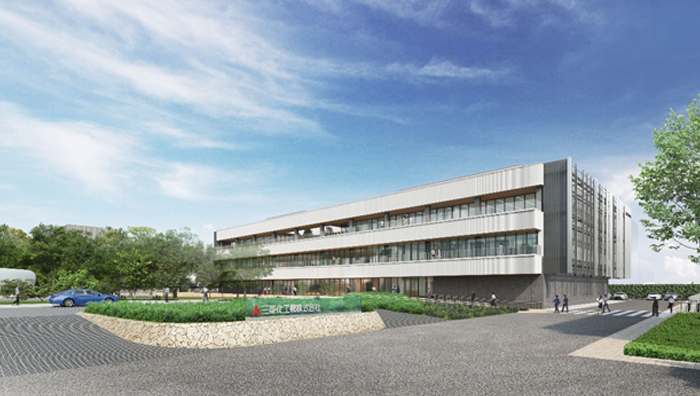
Office & research building (Illustrative image)
Under the restructuring plan, the head office and Kawasaki Works buildings—except for the SJ plant and the hydrogen station—will be dismantled as a precursor to the reconstruction of the manufacturing, office and research facilities. The office and research functions will be concentrated into one office & research building, which will be constructed with sufficient space and an optimal layout for those functions as well as a canteen, meeting rooms and other auxiliary facilities. The building will also be designed to provide employees with a space where they can work in a variety of ways and conduct activities voluntarily and autonomously, which is expected to increase employee engagement and productivity.
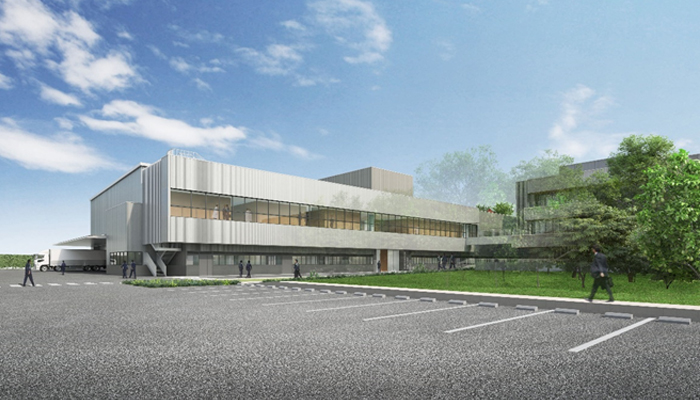
Plant & laboratory building (Illustrative image)
The plant & laboratory building will become a manufacturing center that leads the way in energy conservation, decarbonization and DX, based on the concept of an environment-friendly leading-edge plant. In the building, next-generation products will be manufactured and industrial machines, such as conventional centrifugal machines, filtering machines and filters, as well as devices used on ships to respond to environmental regulations will be assembled. Further, with a focus on the strategic business fields upheld in the Management Vision and on both existing and new technologies, the building will provide a space for multipurpose experimentation and research activities to promote co-creation and synergies with external organizations. The building will also function as a base to foster the exploration of new businesses and the development of next-generation products toward the establishment of the strategic business fields and the creation of new growth businesses. Regarding the building, Akiyoshi Yamazaki, Executive Officer and Division Director of the Technology Development and Production Div., said the following:
“Our traditional strengths lie in sustainability-related technologies and we aim to develop them further. To this end, we will optimize our facilities to reform our business portfolio toward the establishment of the four strategic business fields, which target resource circulation; CO2 emissions and climate change; DX; and water, food and natural disasters. We also aim to make the building something of a laboratory for joint research in which start-ups and universities can participate.”
Rejuvenating the workplace environment
to create a more exciting atmosphere for employees
To increase employee engagement and foster harmony with the natural environment, a green space bordered by the existing SJ plant and two newly constructed buildings will also be established. In addition, a terrace for interpersonal interaction will be built in front of the office & research building and a roof balcony with a view will be provided for the enjoyment of employees. Through these measures, the company aims to build an even better working environment and create a relaxing atmosphere to maximize the creativity and motivation of employees and facilitate effective communication.
“Many of the current buildings on the premises are more than 60 years old,” says Mr. Yamazaki. “The rejuvenation should make for a brighter and more energetic workplace. I hope interacting with people from outside the company will also make work more exciting for our internal employees.”
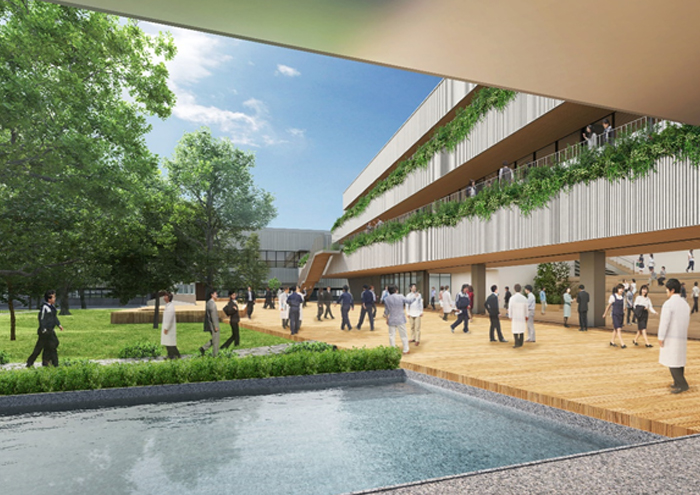
The establishment of a green space will help build a better working environment as well as provide a nice view for employees to enjoy.
Inside the plant & laboratory building, the structure and layout are designed to make it easy for manufacturing and R&D personnel to work together. Laboratory equipment will be installed for industry-academia-government collaboration and an environment that promotes communication and exchanges will be fostered to make the building a center for open innovation.
“Kawasaki City is giving support to start-up companies and is asking companies located in the Kawasaki coastal area to cooperate with measures such as providing places where start-ups can conduct research,” says Mr. Miyamoto. “In response to this request, we are considering fostering collaboration with start-ups that have technologies that are compatible with our own.”
The restructuring plan, which includes the construction of the new buildings and relocation to them, needs be implemented without any suspension of the current office and plant functions. To meet this requirement, the company has been conducting a full-scale examination of each work process to prevent delays from having adverse impacts on on-site operations. The company will also give due consideration to the surrounding environment and take all necessary safety, anti-noise and anti-vibration measures for the construction work. Moreover, it is examining the introduction of advanced energy-saving and energy-generation technologies to the newly constructed buildings with a view to acquiring “ZEB Ready” certification. The ZEB certification for “net-zero energy buildings” (buildings achieving net-zero annual consumption of primary energy) has four levels, with “ZEB Ready” certification being the second. In the future, the company aims to acquire the higher third-level “Nearly ZEB” certification, for which it will promote even more environmentally friendly measures.
INTERVIEWEES
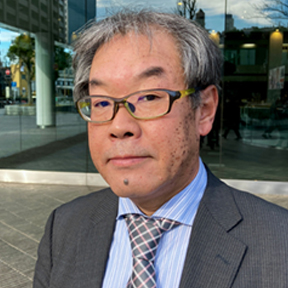
AKIYOSHI YAMAZAKI
Executive Officer and Division Director, Technology Development and Production Div.
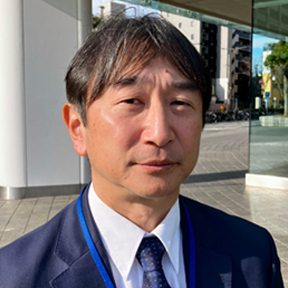
TOMONARI MIYAMOTO
Executive Officer and Division Director, Planning and Administrative Div.
Mitsubishi Kakoki Kaisha, Ltd.
2-1 Ohkawa-cho, Kawasaki-ku, Kawasaki, Kanagawa
Financed by Mitsubishi Group companies, the company was founded as Kakoki Seisaku, Ltd. in 1935. It manufactured autoclaves (reactors) as its first product. It presently engages in the plant & environmental equipment construction and engineering business, manufacturing of various machines and the provision of after-sale services. It supplies machines and equipment needed in a range of fields, including natural gas, hydrogen, petrochemistry, semiconductors, electronic materials, ships, medicines and water treatment. It has 957 employees on a consolidated basis as of the end of March 2024.
